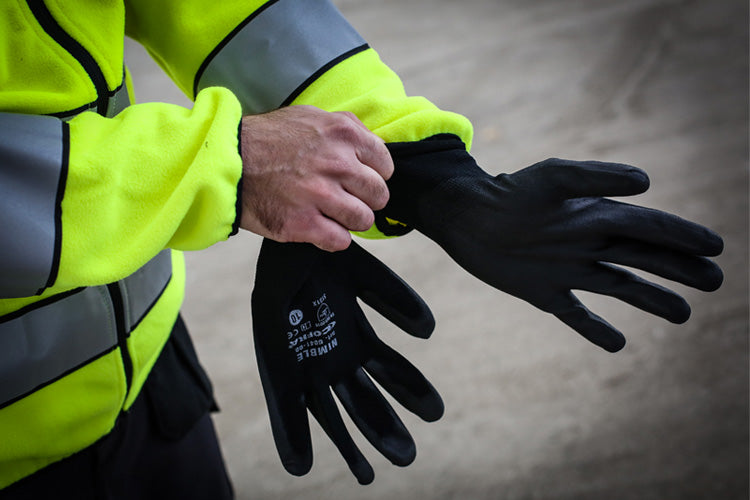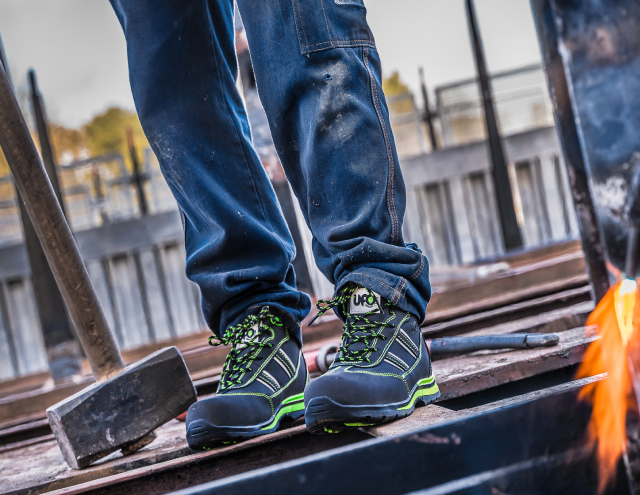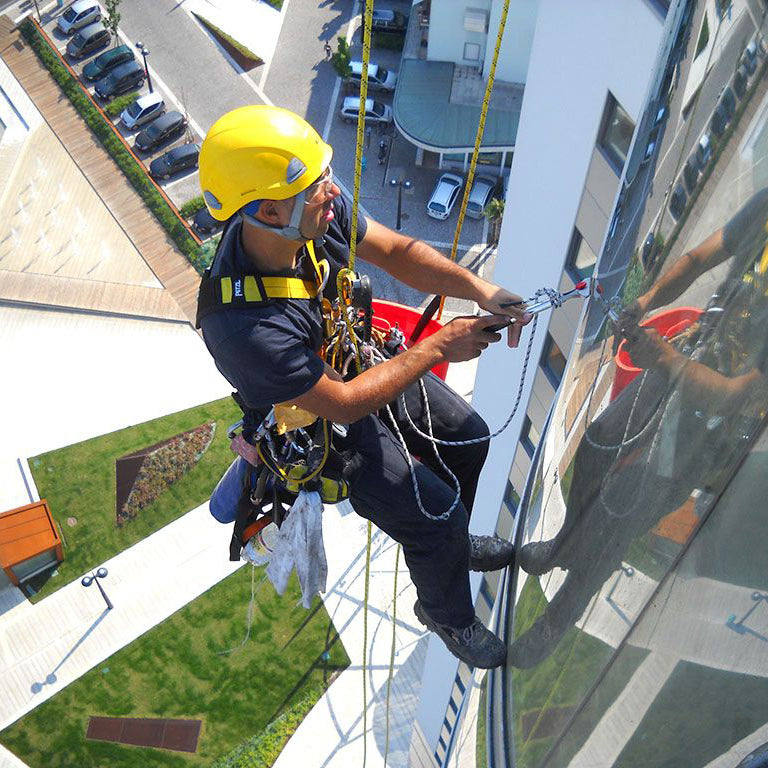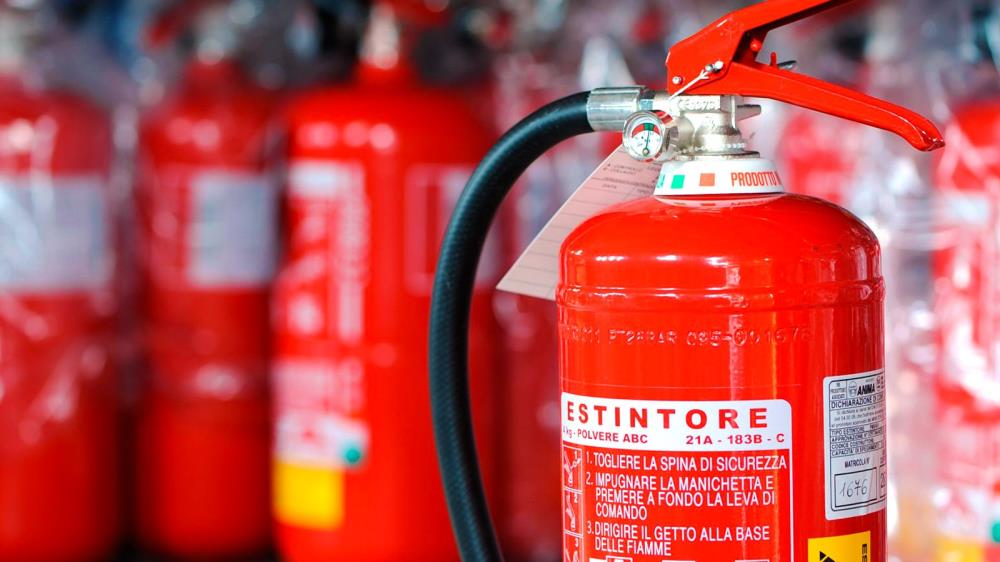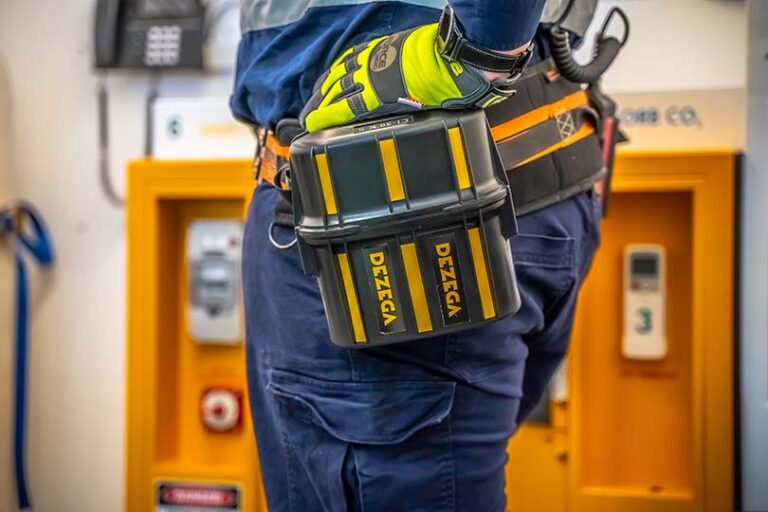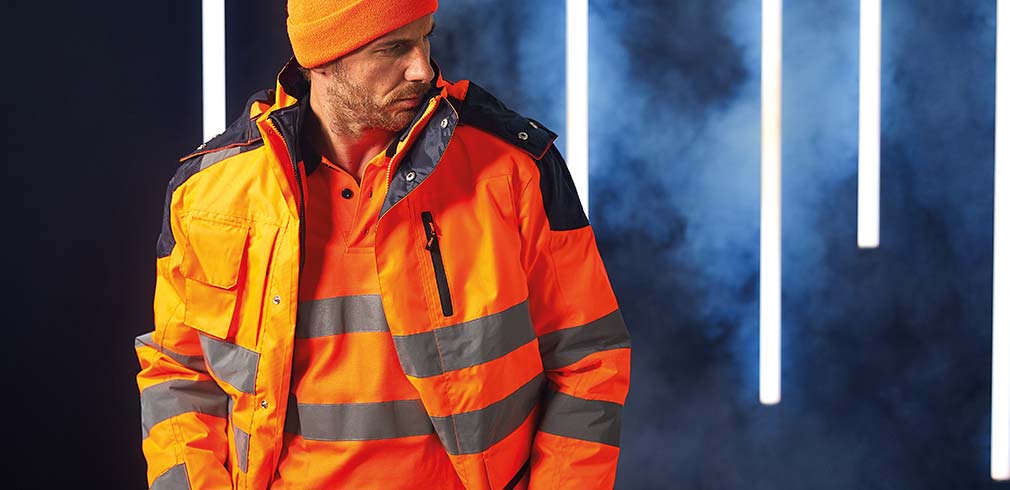Electric current welding is divided into 2 main classes: ailing and arc welding.
Non-arc welding is more often called resistance welding. In contact welding, current-providing electrodes are applied directly to the metal to be welded. A short but very powerful discharge of current (thousands of amperes) is fed through the metal placed between the electrodes brought up. In this case the fusion is obtained only between the applied electrodes. If the electrodes are directly opposite each other, the weld joint is located. While spot welding isn't the only type of butt welding, it is the most common. Therefore, the concepts of "spot welding" and "contact welding" are often used interchangeably. Spot welding voltage is a matter of volts. Therefore, resistance welding is mainly used for fastening thin sheet metal. For example, in the automotive industry.
In construction, arc welding has become much more widespread. In electric arc welding, there is a small gap between the current source (electrode) and the metal being welded, which is filled with an electric arc. It is a mistake to assume that this is an air gap. This is an empty space of ionized gas that conducts current. Arc welding, as we imagine it today, is impossible without gas. It's just that the gas can be supplied from a separate cylinder, or it can be formed due to burning of the electrode coating.
The most common in construction are the following technologies:
- MMA (in domestic classification - manual arc welding or RDS)
- TIG (argon arc)
- MIG-MAG (semi-automatic, wire).
MMA
The popularity of this type of welding is predetermined by the absence of the need to carry a gas cylinder with you. The electrode coating is the "frozen" gas cloud. As soon as the electrode touches the metal and the resulting short circuit current melts the metal of the electrode, the coating around it will also melt. The resulting gas cloud will provide a conductive ionized medium for the arc and protect the molten metal from access by oxygen.
Electrodes are selected based on the type of metal and diameter. The type of metal is important, because during operation, the metal of the electrode rod flows drop by drop into the metal to be welded and fuses with it. For a strong connection, the metal of the electrode rod and the metal being welded must be identical. The packaging of the electrodes always indicates which metals these electrodes are suitable for.
Once you have decided on the type of electrode, you need to determine the thickness. Newbie question: why do we need electrodes of different diameters? Everything is simple. The thicker the electrode, the higher the current that can melt it. The same with the edges of the welded metal. Thus, the thickness of the electrode is selected based on the thickness of the metal being welded.
MMA technology allows you to work with the most common metals, except for aluminum and alloys based on it. Although in theory this is possible with the presence of an assistant, if it is ensured that clean aluminum surfaces do not have time to be covered with a foil before casting. But it is more correct, of course, to simply use welding technologies that are suitable for this.
TIG
Consumers of TIG welding are entirely professionals and advanced users, and almost without exception in the non-constructive direction. TIG provides more accurate stitching, but falls far short of MMA in terms of performance and ease of use.
For example, many "amateurs", having honed their skills on MMA machines, are frustrated with failures in their first experience with TIG. It turns out that, unlike MMA, starting an arc with a TIG machine is not easy, unless it is equipped with a device such as an oscillator. (And almost all 2-in-1s aren't equipped, of course). The welder strikes with a tungsten electrode - there is a spark, but the arc cannot be raised. But here an experienced welder puts a piece of coal under the electrode and the arc went without problems. It is no coincidence that in retail store sales, specialist TIG fixtures rarely exceed a 1% share.
Special mention in TIG welding deserve devices with the ability to switch to AC welding current, the so-called. AC/DC. These devices are the main equipment for welding aluminum. It's they who primarily make up this 1% of TIG in welding equipment retail sales.
MIG-MAG
Semi-automatic wire welding is mainly used for welding sheet metal. Therefore, traditionally its main purpose is body repair, as well as the construction of black sheet structures. Using wire instead of replaceable electrodes greatly improves productivity. Coils with a capacity of 1 and 5 kg are used on household devices, and 5 or 15 kg on professional ones.
The wire can be used both ordinary (uncoated) and coated (so-called flux-coated). In the first case, the use of a gas cylinder is mandatory (GAS mode). In the second, a cylinder is not required (NO GAS). Although it is cheaper to work without a cylinder, uncoated wire has a large margin in sales. The reason is simple - it is much cheaper than flux. Also, many professionals believe that the accuracy of stitching in the gas environment from the cylinder is higher.
Despite the fact that this type of welding also belongs to electric arc welding, the principle of the device of MIG-MAG is fundamentally different from the principles of MMA and TIG. In MMA and TIG it is important to keep the current stable despite electrode fluctuations, in MIG-MAG it is important to keep the arc voltage stable. And the strength of the welding current in MIG-MAG machines is a conditional indicator (although, according to the habit developed in MMA, most focus on it). The welding current in MIG-MAG will depend on the voltage setting, the diameter of the wire used, the gas used and the wire feed speed. So it will not work to make a MIG-MAG semi-automatic machine from an MMA machine by connecting a wire feed unit and a torch.


